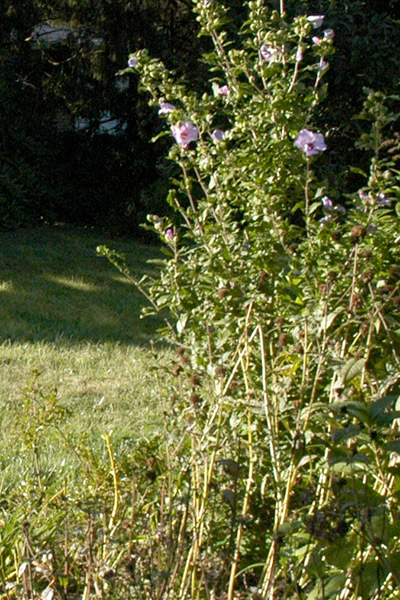Each piece is completely unique. It really varies when I fully “get” what a painting is about. In my working process, I almost always begin with a mineral spirits wash painting. This serves both to establish a composition, as well as to begin down the road towards color. This is an important introductory phase, and the fluidity of the medium, and the ability to “erase” with a paper towel both help it all to move along comfortably. Either during this time, or beforehand, possible titles start to occur to me. It’s interesting how natural this is, and I think it might be my sub-conscious at work with the “what is this painting about” part of things. This really does help me to have a purpose to each piece. It serves as a clarified direction, during the many variations that Nature is going to be displaying. I will often reference the title when I am seeing many of the subject’s compelling moments, and this can really help in the sorting of these things out. It is possible for a subject to convince me of a title change over time. I’m always open to that too.
One of the most important decisions is the “when” of the painting. By that, I mean that I am needing to decide between many of the “golden moments” that a subject will be displaying. Experience has built into me a great deal of trust around this. It can cause some pain, not to know, but I find that the “knowing” does come along eventually, and that it is entirely okay not to know before you know. There are always things to work on that are somewhat constant during the window of time that is developing for each painting. With some pieces, it isn’t known at the beginning whether it is a morning or an afternoon painting, and so an entire day, or two, or three can be used to sketch and watch, and notice how the different flavors of daytime feel. At some point, the natural knowing will emerge, which brings with it a sense of calm because, an important part of the process has worked itself out without being rushed or forced. The same process happens as this “when” component works toward which ten or fifteen minutes the painting is about. I watch and wait until the many “maybes” become possible “yeses”, and then the one “yes” can finally stand alone. It sorts itself out in person so naturally, by watching the show over and over. I remind myself that like an elder in a village, when the young folk question: “How will you know?” I can smile and say: “You’ll just know.” |











